Nishinoshima: the Birth of an Island
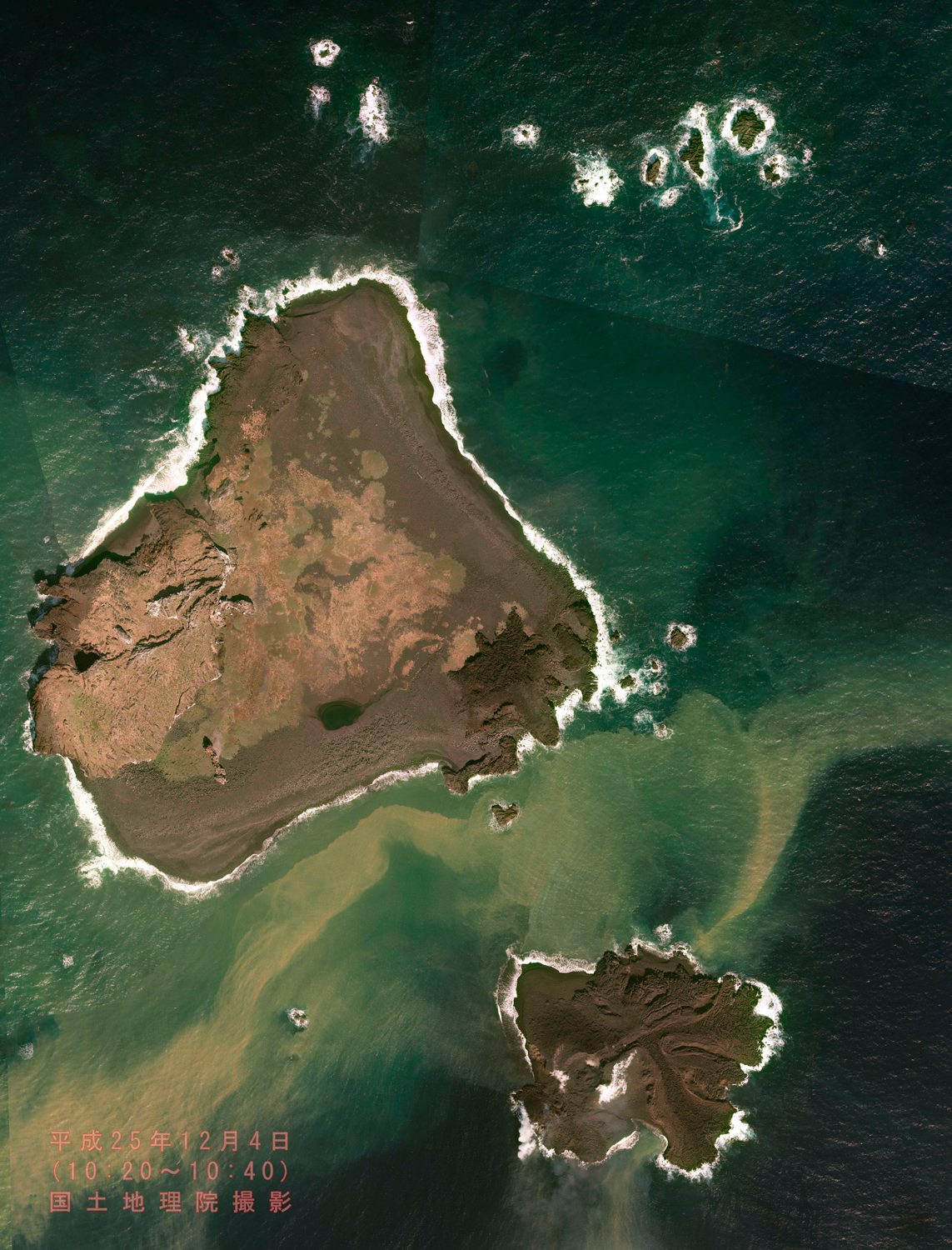
Courtesy of the Geographical Survey Institute - 2013/12/04
Since emerging from the waters in November 2013 following a volcanic eruption, the island of Nishinoshima hasn’t stopped growing.
In the middle of the Ogasawara Islands, one thousand kilometres south of Tokyo, an underwater volcano erupted in 2013. The lava quickly hardened, forming the island of Nishinoshima. A further explosion occurred in 2018 and the cooled matter formed a new part of the island. According to data from the Japanese coastguard, Nishinoshima covers an area of 1950 metres from east to west and 1800 metres from north to south, having a total surface area of 2.45 square kilometres.
A virgin territory that's a paradise for birds
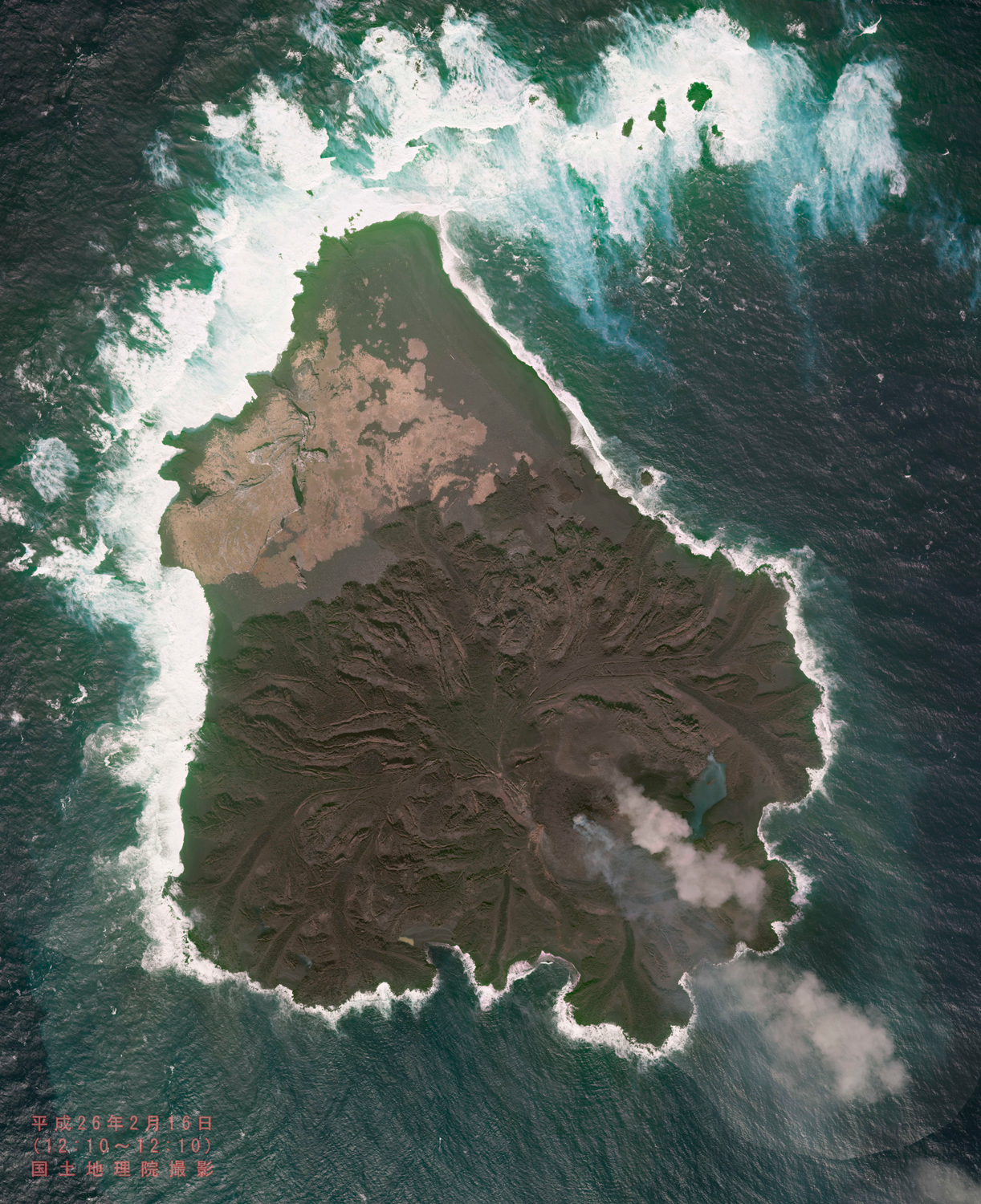
Courtesy of the Geographical Survey Institute - 2014/02/16
Over the years, the island has become a real natural laboratory that scientists observe closely and want to preserve at all costs. They pay particular attention to the impact of birds on the plant ecosystem, and how their excrement becomes a sort of manure for the vegetation that’s starting to grow on the island. ‘I’m very interested in the effects birds have on the plant ecosystem, especially the way in which their faecal matter enriches the vegetation, and how their activity disrupts it’, Naoki Kachi, professor at London Metropolitan University, explains to the AFP.
Indeed, the island, which is still devoid of any human trace, is a territory preserved for birds who could even end up making nests there on a lasting basis, especially given that Ogasawara Islands is already home to nearly 200 species of birds. To prevent tourists flocking to the area, only scientists are allowed to come to the island to conduct research.
The daily Japanese newspaper Yomiuri Shimbun states that the island’s surface area has already increased eight times in size since the volcanic eruption in 2013, and is still growing. For now, there’s no indication of when the next eruption could occur and cause Nishinoshima to expand even further.
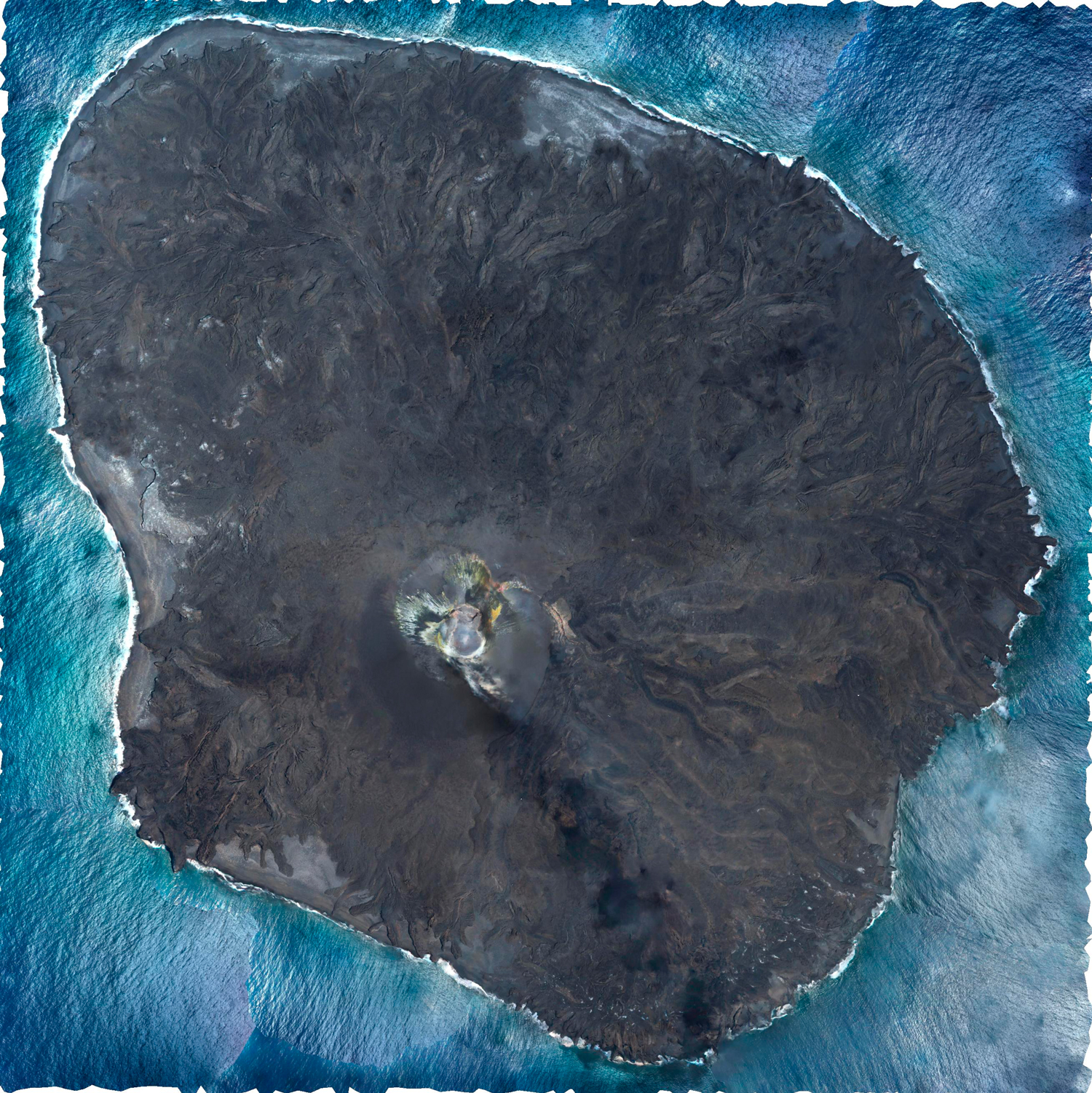
Courtesy of the Geographical Survey Institute - 2015/07/28
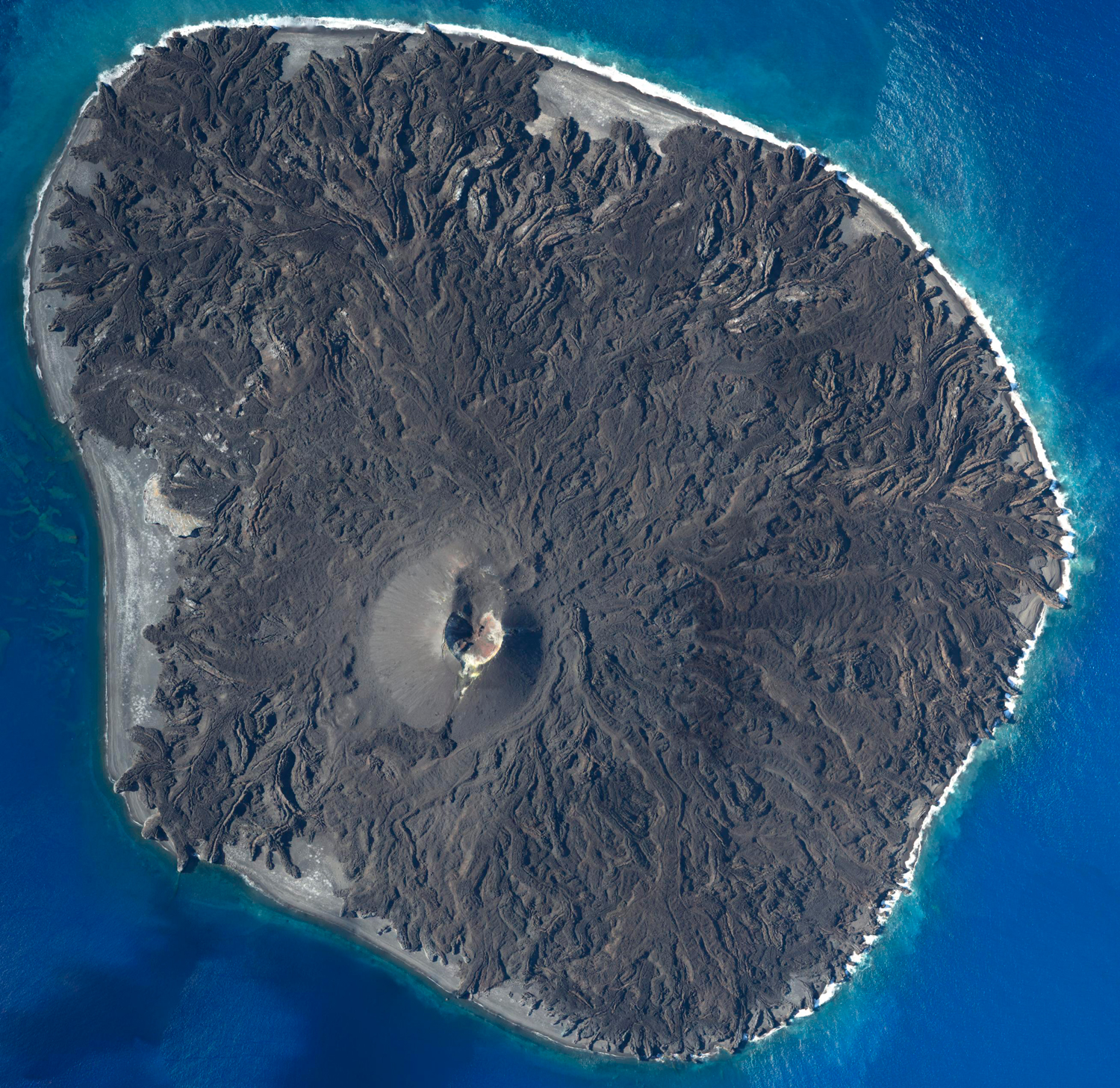
Courtesy of the Geographical Survey Institute - 2016/07/25
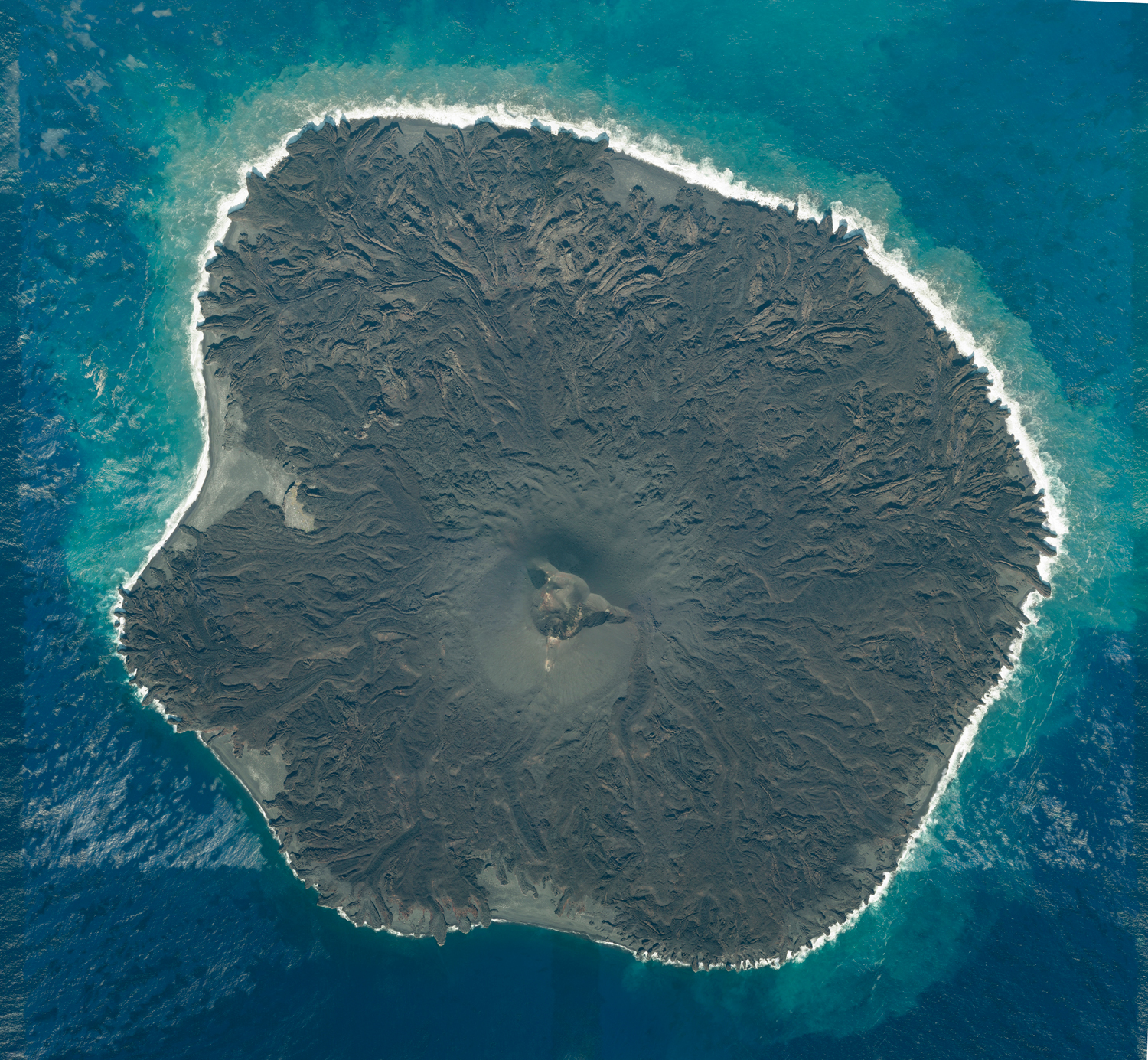
Courtesy of the Geographical Survey Institute - 2018/12/01
TRENDING
-
The Tattoos that Marked the Criminals of the Edo Period
Traditional tattoos were strong signifiers; murderers had head tattoos, while theft might result in an arm tattoo.

-
Paris, Tokyo: Robert Compagnon
With his co-chef and talented wife, Jessica Yang, Robert Compagnon opened one of the top new restaurants in Paris: Le Rigmarole.
 3:31
3:31 -
Chiharu Shiota, Red Threads of the Soul
Last year, more than 660,000 people visited the retrospective 'Chiharu Shiota: The Soul Trembles' exhibit at the Mori Art Museum.

-
‘Before Doubting Others, Doubt Yourself. Who Can Truly Say a Dish Isn’t What It Used to Be?’
In ‘A Non-Conformist’s Guide to Surviving Society’, author Satoshi Ogawa shares his strategies for navigating everyday life.

-
The Story of Sada Yacco, the Geisha who Bewitched Europe
Described by Dazed magazine as the first beauty influencer, she has been restored to her former glory since 2019.





